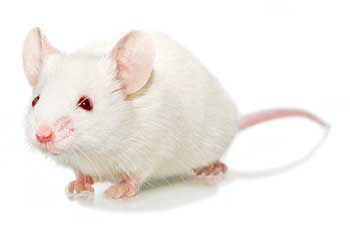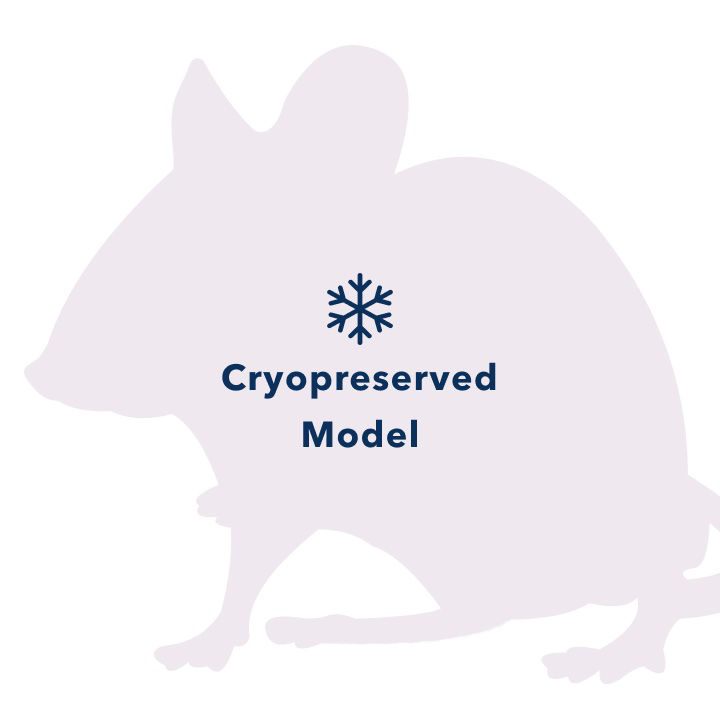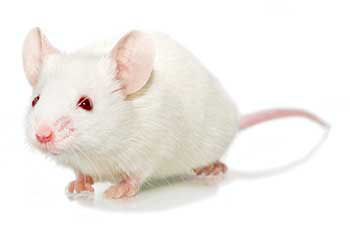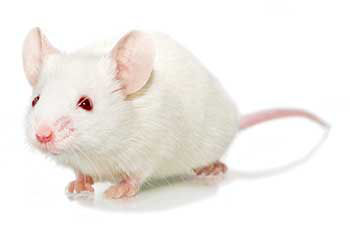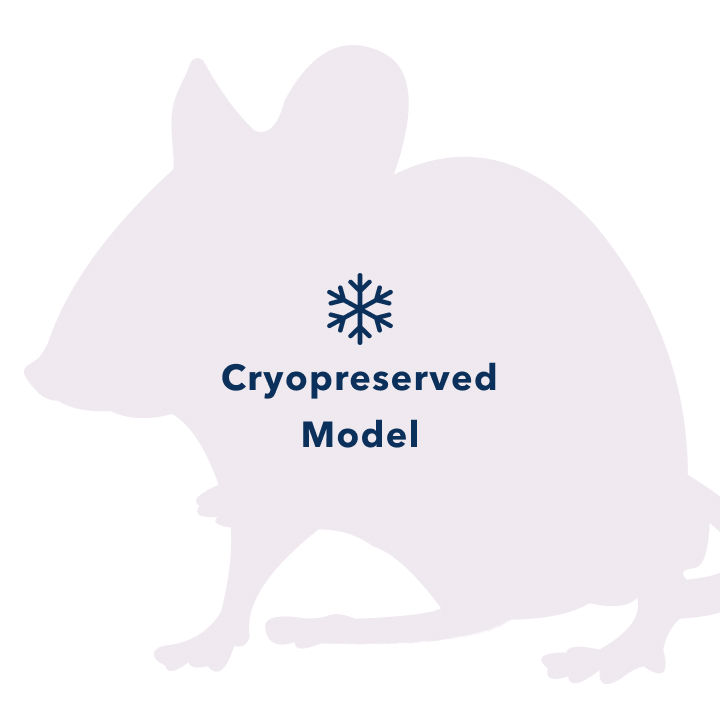| Model No. | Nomenclature | Genotype |
|---|---|---|
| 10708 | FVB.129P2-Del(Slco1b2-Slco1a5)1Ahs Tg(APOE-SLCO1B1)1Ahs | Inquire for genotype |
Humanized OATP1B1 Mouse
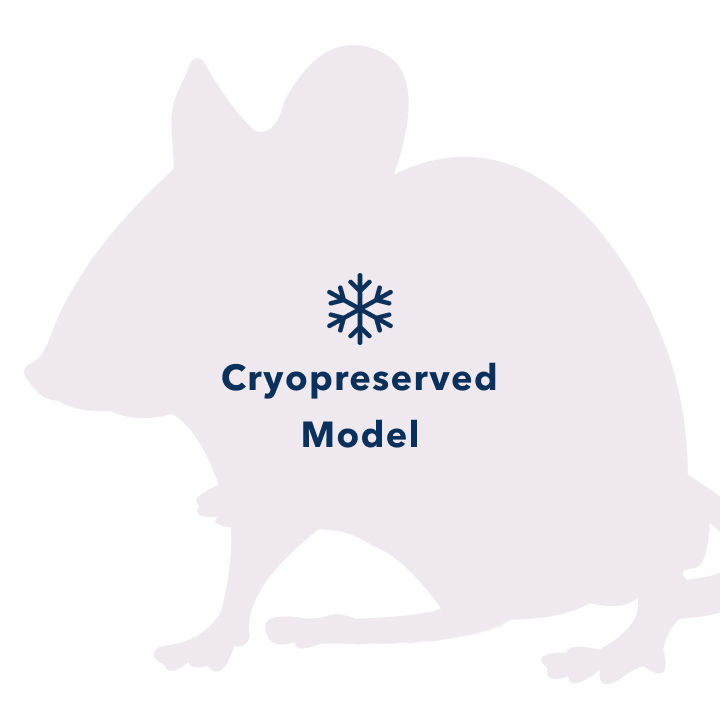
- Description
- Related Products & Services
- Price & Licensing
- Overview
- Genetics
- Guides & Publications
- Applications & Therapeutic Areas
- Transit, Housing & Welfare
- Diet
Overview
Nomenclature: FVB.129P2-Del(Slco1b2-Slco1a5)1Ahs Tg(APOE-SLCO1B1)1Ahs
- This model carries a deletion of all five established Slco1a and 1b and two predicted Slco1a-like mouse genes as well as a random transgenic insertion of human SLCO1B1 (OATP1B1) under control of liver specific ApoE promoter.
- Contains a cre-mediated deletion of the following established genes in the Slco1a/1b cluster: Slco1a1, Slco1a4, Slco1a5, Slco1a6, and Slco1b2.
- SLCO1B1 (OATP1B1) is an important hepatic uptake transporter that can transport a wide variety of drugs, such as many statins.
- Useful in dissecting the role of human OATP1B1 in hepatic liver uptake, drug-drug interaction and drug toxicity.
Origin
The Oatp1a/1b Cluster Knockout Mouse was developed in the laboratory of Alfred Schinkel of the Netherlands Cancer Institute in 2010. The model was generated by insertion of loxP sites into the Slco1a5 and Slco1b2 genes at both ends of the Slco1a/1b gene cluster in E14 embryonic stem cells derived from 129P2/OlaHsd mice, followed by Cre-mediated deletion and injecting the targeted cells into C57BL/6J blastocysts. Resultant chimeras were backcrossed to FVB/N mice. Expression of human OATP1B1 in the liver of transgenic mice was achieved by constructing an ApoE promoter-HCR1-driven expression cassette containing human SLCO1B1 cDNA followed by pronuclear injection into fertilized oocytes of FVB mice. Two-cell stage embryos were implanted into oviducts of pseudopregnant F1 fosters and carried to term. A founder with stable hepatic expression of human OATP1B1 was selected for further crosses with Oatp1a/1b Cluster Knockout Mouse described above. Taconic received stock in 2010. The mice were derived by embryo transfer. The line was maintained by incrossing of mice homozygous for both the Oatp1a/1b Cluster Knockout and the human OATP1B1 transgene.
This model is cryopreserved and available for recovery. Models can typically be recovered and delivered to customers within 12 weeks after order receipt. Purchase of this model includes perpetual use rights and a deliverable of four mutant animals at the Murine Pathogen Free™ health standard along with a genotyping protocol. For models which include a recombinase gene or multiple alleles, all alleles will be provided, but individual animals may not contain all mutant alleles.
Taconic’s Colony Management experts can design a plan to grow your colony faster.
Genetics
Guides & Publications
Initial Publication:
- van de Steeg E, van Esch A, Wagenaar E, Kenworthy KE, Schinkel AH (2012). Influence of human OATP1B1, OATP1B3, and OATP1A2 on the pharmacokinetics of methotrexate and paclitaxel in humanized transgenic mice. Clin Cancer Res. 2012 Dec 14.
- van de Steeg E, Stránecký V, Hartmannová H, Nosková L, Høebíèek M, Wagenaar E, van Esch A, de Waart DR, Oude Elferink RP, Kenworthy KE, Sticová E, Al-Edreesi M, Knisely AS, Kmoch S, Jirsa M, Schinkel AH (2012). Complete OATP1B1 and OATP1B3 deficiency causes human Rotor syndrome by interrupting conjugated bilirubin reuptake into the liver. J. Clin. Invest. 122 (2) 519-28.
Applications & Therapeutic Areas
- ADMET
- Metabolic Disease
- Safety Assessment
Transit, Housing & Welfare
Need more info? Click the live chat button or Contact Us
Diet
- Services
- Licensing
- Pricing - USD
- Pricing - EUR
- Pricing - DKK
- Select my Health Standard
- Get Custom Pricing Guide
Humanized OATP1B1 Mouse
This model is sold under terms which grant perpetual use rights.
Pricing - USD
10708-EZcohort-4
| Item | Commercial | Nonprofit |
|---|---|---|
| Cryopreserved Model | US$34,650.00 | US$26,250.00 |
Cryopreserved models are invoiced upon shipment of recovered animals. Once orders are placed, the full purchase price will be applied if the order is canceled. For orders greater than 4 animals, please contact Taconic for options.
Fees for Taconic Transit Cages™ and freight are in addition to the price above.
Pricing - EUR
10708-EZcohort-4
| Item | Commercial | Nonprofit |
|---|---|---|
| Cryopreserved Model | 26.250,00 € | 22.050,00 € |
Cryopreserved models are invoiced upon shipment of recovered animals. Once orders are placed, the full purchase price will be applied if the order is canceled. For orders greater than 4 animals, please contact Taconic for options.
Fees for Taconic Transit Cages™ and freight are in addition to the price above.
Pricing - DKK
10708-EZcohort-4
| Item | Commercial | Nonprofit |
|---|---|---|
| Cryopreserved Model | kr.195.825,00 | kr.164.493,00 |
Cryopreserved models are invoiced upon shipment of recovered animals. Once orders are placed, the full purchase price will be applied if the order is canceled. For orders greater than 4 animals, please contact Taconic for options.
Fees for Taconic Transit Cages™ and freight are in addition to the price above.
Select my Health Standard
Need help choosing the right Taconic Biosciences health standard for your research?
Use the Health Standard Selector to enter your exclusion list. The tool will tell you which health standards meet your requirements.
Get custom pricing guide
Schedule A Scientific Consultation
Connect directly with a member of our Scientific Solutions team who can help you select the most appropriate model and maximize your experimental success.
















.jpg)

.jpg)
.jpg)
.jpg)
.jpg)





.jpg)


.jpg)
.jpg)




.jpg)




.jpg)

.jpg)





